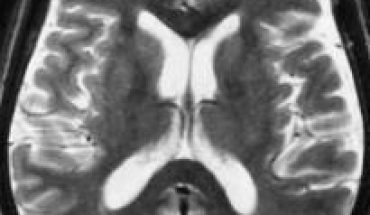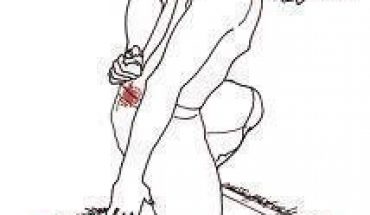The largest nerve in the human body is the sciatic nerve. Sciatic nerve pain, which is a condition that affects many people is also known as sciatica. Sciatica is triggered by the irritation of the sciatic nerve. A common cause of sciatic nerve pain is disc herniation. Other factors however, can also trigger the condition.
Factors That Cause Sciatic Nerve Pain
A lumbar disc herniation directly pressing on the nerve is the predominant causal factor for sciatic nerve pain. It is not however the only possible cause of the condition. Any situation that triggers irritation or inflammation of the nerve can cause sciatica. When an abnormal inter-vertebral disc irritates the nerves the condition is called radiculopathy. Other situations that can trigger sciatica include; irritation of the nerve from an adjacent bone, internal bleeding, muscle infections, tumors, and injury. At times sciatic nerve pain is caused by pregnancy induced irritation of the sciatic nerve.
Description of Sciatic Nerve pain
Normally sciatic nerve pain is experienced as a pain that starts in the lower back to the rear of the thigh and spreads down below the knee. Sometimes the pain spreads around the hip or buttock and as such may be described by some as hip pain. This is due to the fact that the sciatic nerve itself starts with nerve roots in the lumbar spinal cord in the lower back, and continues through to the buttock area. Additionally the nerve sends nerve endings down to the lower limbs.
Sciatic nerve pain may be described as a burning sensation, numbness, or tingling. The condition is often associated with lower back pain (known as lumbago) however it may exist without this symptom. Walking or bending at the waist tends to make sciatic nerve pain worse. Lying down or adjusting positions tends to effect a partial or complete relief from the pain.
Treatment of Sciatic Nerve pain
Sciatic nerve pain treatment is dependent on the causal factors as well as the intensity of the pain being experienced. Most persons with sciatica that results from a herniated disc can be successfully treated with comparatively mild measures such as physical therapy, anti-inflammatory and muscle relaxing medications and time. A minority of the individuals who face the condition may need more aggressive treatment options such as surgery.
In recent times cortisone medications have been used to relieve sciatic nerve pain by injecting the medication into the epidural space which surrounds the spinal cord. This effectively lessens the inflammation and swelling of the herniated disc and relieves the discomfort of the nerve pain.
Diagnosis of Sciatic Nerve Pain
A physical examination as well as medical history is normally utilized in the diagnosis of sciatica. The medical practitioner will lean on an analysis of the symptoms being experienced by the patient as well as the physical condition of the patient, to determine if the condition is present. Medical technological apparatus such as X-rays and films, and other tests, such as CT scan, MRI scan, and electromyogram, may also be used to detect the specific cause of sciatic nerve pain.





